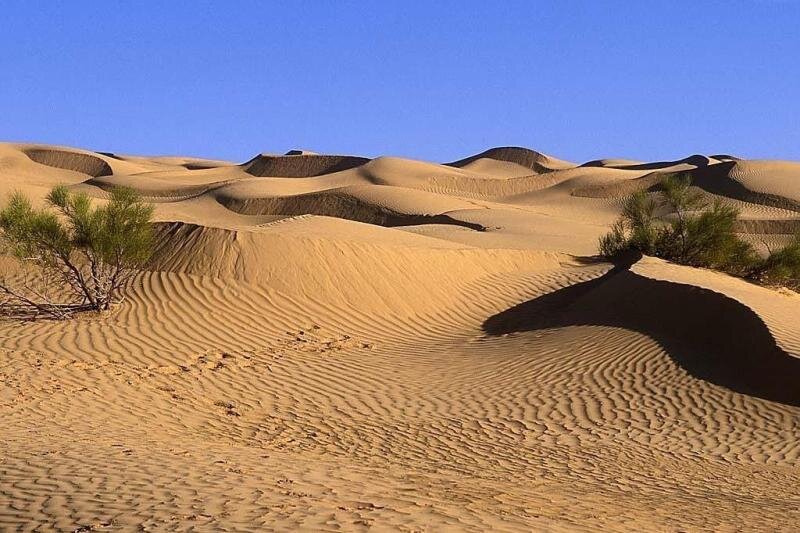Over 50,000 ha of desert areas to be rehabilitated

TEHRAN – At least 50,000 hectares of the country’s desert areas will be protected and rehabilitated through implementing sustainable exploitation projects with the participation of local communities, Vahid Jafarian, an official with the Forests, Rangelands, and Watershed Management Organization said.
Technical and executive guidelines on desert rehabilitation have been prepared based on the latest scientific achievements and experiences of successful projects in the country and the world, he stated.
Studying, identifying, and managing the phenomenon of desertification and controlling wind erosion in the desert areas of the country are among our tasks, he explained, ISNA reported on Sunday.
Using windbreaks, planting, care, and irrigation, reforested forest management, runoff management, protection, and seeding were among the plans implemented since the beginning of the current Iranian calendar year (March 21), he said.
According to Jafarian, the most important approach of these guidelines is defined based on the participation of people.
Annually, about 25,000 hectares of land undergo reforestation in Iran, which is more than twice the annual deforestation. However, the reforested land may not have the same biodiversity and vegetation as the original forests.
Reforestation is the natural or intentional restocking of existing forests and woodlands (forestation) that have been depleted, usually through deforestation. Reforestation can be used to rectify or improve the quality of human life by soaking up pollution and dust from the air, rebuild natural habitats and ecosystems, mitigate global warming since forests facilitate biosequestration of atmospheric carbon dioxide, and harvest for resources, particularly timber, but also non-timber forest products.
Nonetheless, the reestablishment of forests is not just simple tree planting. Forests are made up of a community of species and they build dead organic matter into soils over time.
Last year, Reza Bayani an official with Forests, Range and Watershed Management Organization, said between 2015 and 2020, approximately 12,000 hectares of forests across the country wiped out annually.
He went on to say that the country’s forests are estimated at 14.3 million hectares, lamenting, deforestation occurs for a variety of reasons, including dam construction, road construction, fire, and wood smuggling.
Iran, like many other countries in West Asia, is primarily made up of arid deserts, while compared to nearby Saudi Arabia (95% desert), Turkmenistan (80% desert), and Iraq (40% desert), only about 23 percent of its land area is covered with desert areas.
Why deserts need protection?
Deserts are topographic landscapes that receive little precipitation in a typical year. The threshold is 10 inches or 25cm. But more than simply having low rainfall, a desert is “arid”, which means a high rate of water loss through plant reclamation (called transpiration) and through evaporation.
Deserts will differ depending on their climate and location and their overall aridity can influence many things, not least of all the ecology, food chain, plant and animal types. High evaporation leaves behind higher salt levels, affecting further which plants can grow and the individual size and the numbers of herbivores that may feed on them and, in turn, carnivores.
Some experience vast temperature fluctuations, especially hot deserts which may reach unbearable heat during the day and extreme cold at night. This is because the rock and sand absorb heat during the day and release it at night. There may also be an extreme variation between warm and cool seasons, including extreme winds and storms due to the mixing of cold and warm air.
Deserts are vitally important to the planetary ecosystem. They cover approximately 1/3 of the dry land of our planet. They are also amongst the most fragile and endangered biomes.
FB/MG
Leave a Comment